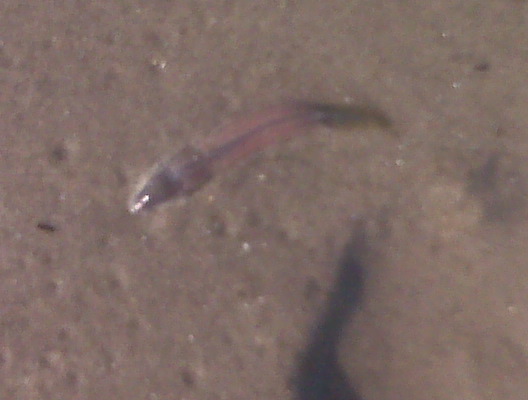The other day I was at sandy hook and an old italian guy was coming off the beach with a pitchfork and a bucket. There was an article in NJ Angler about marine worms. I read that, but hav never went out for them. So can you get worthwhile ones around here, and how do you guys fish them?



 Reply With Quote
Reply With Quote



 roposed Technology
roposed Technology 
 No sense in sleeping on the couch for a week if you can avoid it.
No sense in sleeping on the couch for a week if you can avoid it.


 learned that the hard way
learned that the hard way

 These aren't the small sand and blood worms that live in the clam beds....they're much smaller......I'll have to do some research to try to come up with a pic and an exact scientific name....
These aren't the small sand and blood worms that live in the clam beds....they're much smaller......I'll have to do some research to try to come up with a pic and an exact scientific name....



 ......and when they find enough similarities....use it to figure a pattern....exploit that pattern..and fish it for all it's worth......until it slows down......
......and when they find enough similarities....use it to figure a pattern....exploit that pattern..and fish it for all it's worth......until it slows down......



